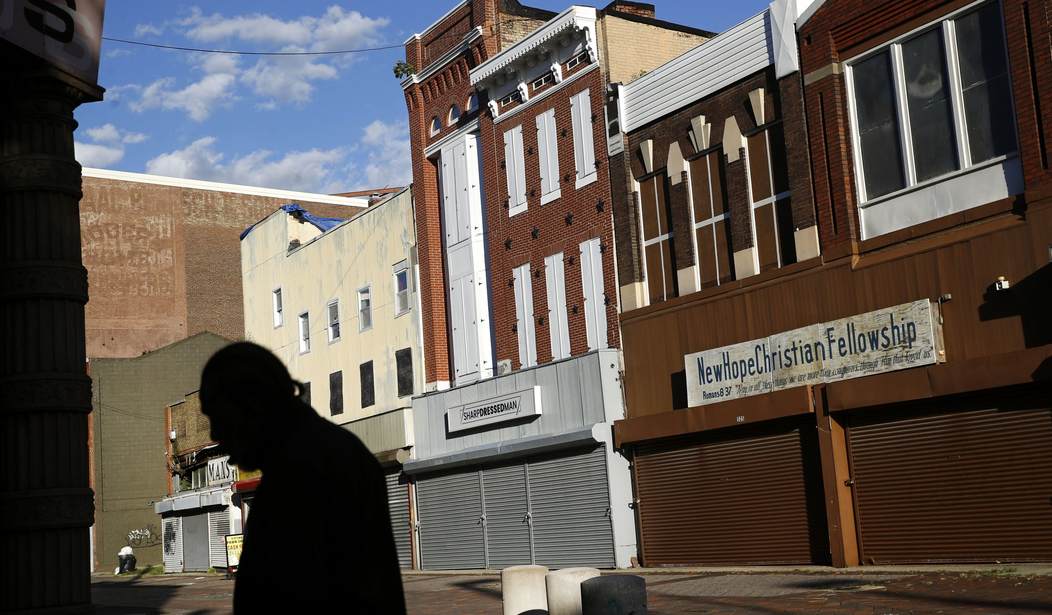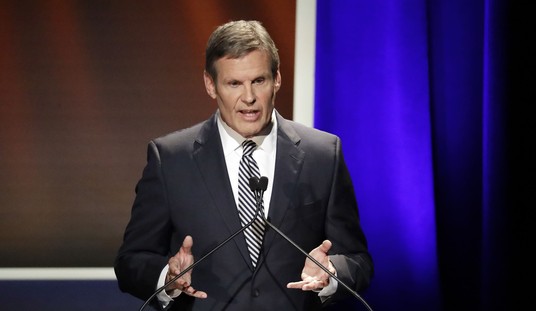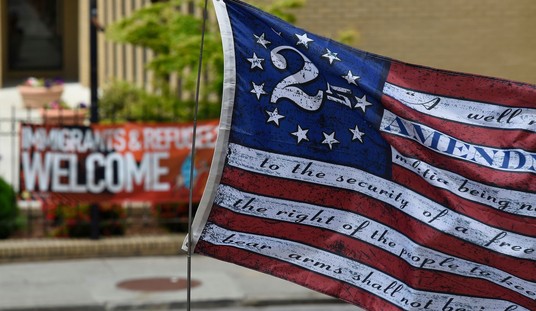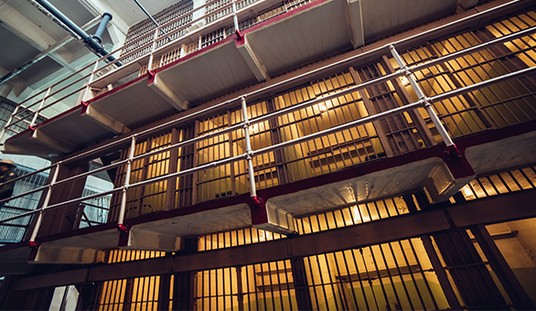Every year for the past eight years Baltimore has seen more than 300 homicides, but that trend could come to an end this year. As of right now, the city is on pace for 275 homicides; not great by any means but a statistic that would still be a marked improvement over the shocking rates of violent crime and homicide over most of the past decade.
The drop in crime comes as tens of thousands of Maryland residents have obtained concealed carry permits; something that city and state Democrats have been warning would lead to more chaos on the streets. Instead, and as Second Amendment advocates have been saying all along, while there are more responsible gun owners carrying in self-defense than there were a year ago, violent crime is actually receding because responsible gun owners aren’t the problem.
It’s true that Maryland lawmakers have approved several new pieces of gun control legislation, but the provisions in SB 1 and HB 824 don’t actually take effect until October 1st of this year, so anti-gun activists can’t point to those measures as being responsible for the noticeable decrease in homicides in the state’s biggest (and most crime-ridden) city. I’m not going to try to argue that the decline is solely because Maryland’s “may issue” laws have been thrown into the trash and replaced with a “shall issue” system because I do think it’s more complicated than that, but it’s clear that the predictions of more guns being lawfully carried leading to more shootings and homicides has simply been proven false. As the Baltimore Banner reports:
The Banner analyzed gun violence trends using a seasonal model to forecast how many homicides the city might expect. It informed that model with data from the last seven years. The result: The number of people killed each month has been lower than the forecast, but still within the expected range. That means the first five months of 2023 are not major outliers.
In order to maintain some of the improvements in the homicide rate, Baltimore officials will need to tamp down gun violence in parts of the city that are currently experiencing flares. As one example, the Northeastern District’s trend toward more homicides has continued into 2023, where 23 people have been killed, up 28% from last year.
Mike Hilliard, a retired Baltimore Police Department major who later worked in community services in the Northeastern District, said he hasn’t followed gun violence data lately, but noted that flare-ups of shootings in certain parts of the city tend to be cyclical.
“Often, it has to do with what’s going on with the drug trade on the street,” Hilliard said.
Makes sense. Violent crime is driven by illegal activity, not responsible gun owners, so if you can disrupt those drug and gang networks and focus on the most prolific offenders it can have a real impact. As it turns out, that’s exactly what the Baltimore police are trying to do with the Group Violence Reduction Strategy:
This proven strategy aims to address the norms perpetuating violence in Baltimore by focusing resources on individuals identified as being at the highest acute risk of involvement in gun violence. GVRS, also known as focused deterrence, is a nationally recognized approach that has the strongest formal evaluation record of any violence prevention initiative designed to reduce homicides and non-fatal shootings.
The strategy works by engaging directly with those most intimately involved in and affected by violence, leveraging an intentional collaboration between law enforcement, social services, and community members who collectively co-sign and deliver an anti-violence message to stop the shooting. The GVRS message is grounded in the following core parts:
- Every person and community needs and deserves to be safe and;
- Violence is often driven by a very small number of groups and people.
- To increase safety, we must collectively focus on that small number of people in order to support high-risk individuals in their daily lives, communicate community norms in support of everybody’s safety and success, and where necessary create swift, certain, and legitimate sanctions for violence.
The GVRS is a carrot-and-stick approach very similar to Operation Ceasefire (which we’ve written about before) that tries to get those prolific offenders to change their ways through intensive help from community groups. If those efforts are rebuffed or ignored, however, the criminal justice system steps in. Typically cases are referred to the local U.S. Attorney’s office whenever possible, and plea bargains are minimized in lieu of stiff prison sentences.
It’s not a program that’s guaranteed success, but so far there are signs that it’s starting to generate results in Baltimore.
Homicides have decreased marginally in the Eastern District and increased marginally in the Western District. But the uptick in the Western has garnered more attention due to its being the starting point of the latest iteration of Group Violence Reduction Strategy — a distinction that means it has received more attention from police and social workers.
Last year, the Western District saw a 33% drop after the strategy was implemented. So far this year, there have been 18 homicides in the district, compared to 16 homicides last year.
Still, aside from 2022, the number of homicides in the Western District is the lowest it has been at this point in any year since 2015, matching the 2018 total. Notably, homicides are down in the Southwestern District, too, where the strategy was expanded starting this year.
If the Democrats in control of Baltimore and the state of Maryland would do more of this instead of focusing most of their time and energy trying to ban their way to safety or prevent legal gun owners from being able to protect themselves and others from violent attackers, I suspect that Baltimore’s decline in homicides would be even larger than what we’ve seen to date. Still, it’s clear that the temporary relaxing of the state’s carry laws has not led to the state turning into the Wild West. Quite the opposite: as more Marylanders are exercising their right to bear arms in self-defense, Baltimore is becoming a slightly safer place for residents and visitors alike.








